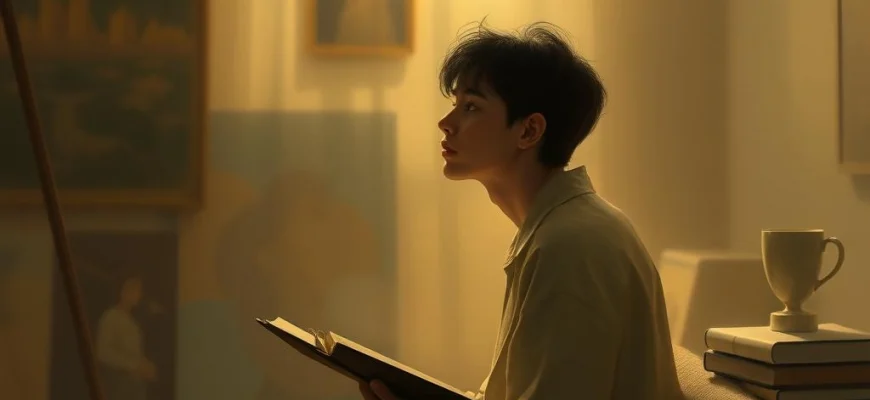If you were captivated by the poetic beauty and introspective depth of *The Great Beauty* (2013), you're in for a treat. This article explores 10 movies and shows that share its themes of existential reflection, artistic grandeur, and the search for meaning in life. Whether you're drawn to its visual splendor or philosophical musings, these recommendations will satisfy your craving for more cinematic brilliance.
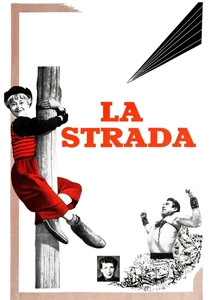
La Strada (1954)
Description: A poignant and lyrical tale of human suffering and redemption, blending neorealist elements with a deeply emotional and symbolic narrative.
Fact: The film won the first-ever Academy Award for Best Foreign Language Film. It was shot on location in rural Italy, adding to its authentic feel.
 Watch Now
Watch Now 
Nights of Cabiria (1957)
Description: A bittersweet character study of a resilient yet vulnerable woman, combining humor and tragedy in a deeply humanistic portrayal.
Fact: The film's lead actress, Giulietta Masina, was married to the director. It won the Academy Award for Best Foreign Language Film.
 Watch Now
Watch Now 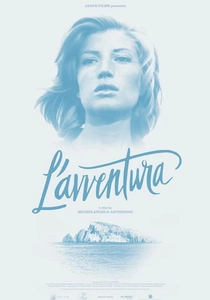
L'Avventura (1960)
Description: A groundbreaking film that subverts narrative expectations, focusing on the existential ennui and emotional voids of its characters rather than traditional plot resolution.
Fact: The film was initially booed at its Cannes premiere but later won the Jury Prize. It is considered a cornerstone of Italian modernist cinema.
 Watch Now
Watch Now 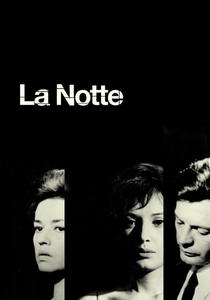
La Notte (1961)
Description: A melancholic meditation on alienation and the emptiness of modern life, featuring long, contemplative takes and a focus on the emotional distance between characters.
Fact: The film was shot in black and white, with cinematography by Gianni Di Venanzo, creating a stark and haunting visual style. It won the Golden Bear at the Berlin International Film Festival.
 Watch Now
Watch Now 
Last Year at Marienbad (1961)
Description: A hypnotic and ambiguous meditation on memory and time, featuring a nonlinear narrative and striking, baroque visuals.
Fact: The film's script was written in the form of a poem. It won the Golden Lion at Venice and remains a landmark of avant-garde cinema.
 Watch Now
Watch Now 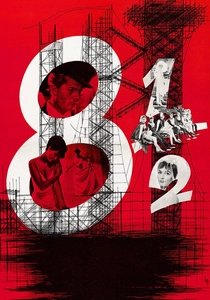
8½ (1963)
Description: A surreal and introspective exploration of an artist's creative crisis, blending dreamlike sequences with existential musings on life, art, and memory.
Fact: The film's title refers to the number of films Federico Fellini had directed up to that point (seven features and two shorts). It won the Academy Award for Best Foreign Language Film.
 Watch Now
Watch Now 
The Leopard (1963)
Description: A lavish and poetic portrayal of societal change and fading aristocracy, with sumptuous visuals and a deep sense of nostalgia for a bygone era.
Fact: The film was restored in 2010, revealing its original color palette and visual grandeur. It won the Palme d'Or at Cannes.
 Watch Now
Watch Now 
Blow-Up (1966)
Description: A stylish and enigmatic examination of perception and reality, blending mystery with philosophical undertones and a visually striking aesthetic.
Fact: The film was shot in London's swinging 60s scene and features a cameo by the Yardbirds. It won the Palme d'Or at the Cannes Film Festival.
 Watch Now
Watch Now 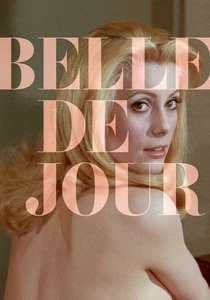
Belle de Jour (1967)
Description: A provocative and psychologically complex exploration of desire and identity, blending reality with fantasy in a visually elegant style.
Fact: The film was controversial for its depiction of female sexuality. It won the Golden Lion at the Venice Film Festival.
 Watch Now
Watch Now 
The Discreet Charm of the Bourgeoisie (1972)
Description: A satirical and surreal critique of upper-class hypocrisy, featuring dreamlike sequences and a playful, absurdist narrative structure.
Fact: The film won the Academy Award for Best Foreign Language Film. It was inspired by Luis Buñuel's own experiences with high society.
 Watch Now
Watch Now 
